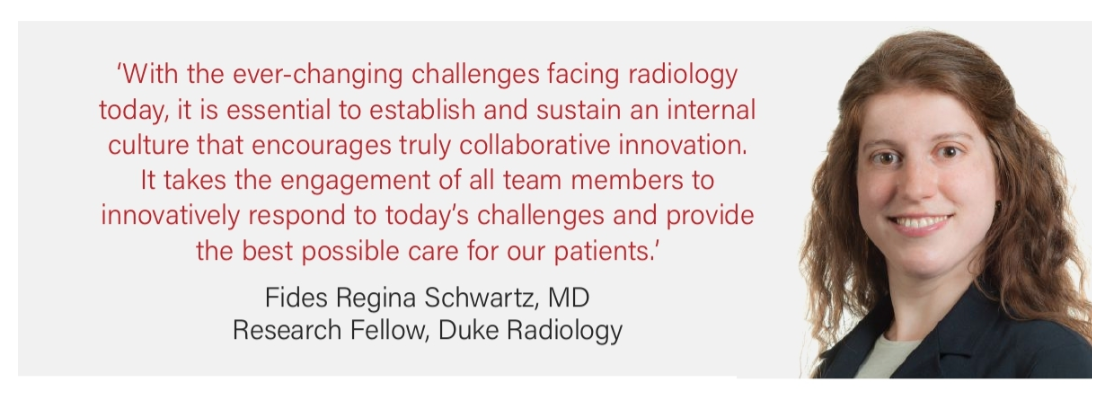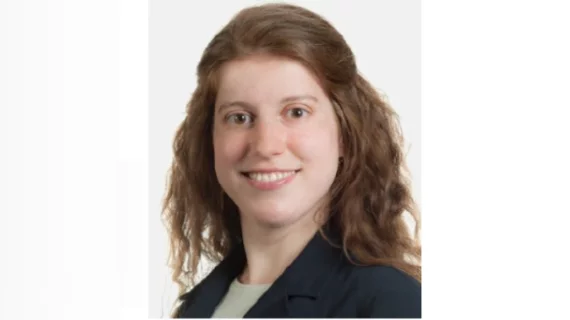Follow-up of unexpected findings in radiology reports has become a growing challenge as more imaging exams are being performed and workloads are increasing for ordering clinicians. Especially in cases in which an urgent finding is the focus of the initial clinical workup (e.g., patient with appendicitis or polytrauma), non-emergent and unexpected findings (e.g., a concomitant renal cell carcinoma) can go unnoticed and be lost to follow-up. This can result in delayed diagnoses and detrimental patient outcomes that could have been avoided (e.g., patient returning years later with metastatic renal cell carcinoma).
Aims and objectives. Our main goal was to develop an EHR-integrated patient navigator program that would guarantee closed-loop communication of unexpected findings and ensure appropriate work-up for these findings. Secondarily, we wanted to improve the visibility of the radiology department in patient care and promote radiology leadership in an ever more complex clinical environment.

Leadership and project management. This project was radiology-led. The process starts with the reading radiologist putting in an “unexpected finding” that populates to a worklist for dedicated radiology navigators and to the EHR of the patient. The radiology navigators then follow up on the scheduling and reporting of the patient’s unexpected finding. They assist with scheduling of follow- up radiology exams and contact patients directly, if appropriate. We introduced the project to the radiology department and referring departments in grand round presentations as well as through direct communication between leadership of relevant departments. Promotion of the project is ongoing in daily practice through the EHR and in phone conversations with providers and patients.
Key steps. 1.) Implementing a viable radiology unexpected findings navigator (UFN) program requires both IT support and full-time equivalent (FTE) working hours for a navigator. To determine the appropriate number of dedicated FTE for the program, we used a volume estimate of 3% of actionable unexpected findings and 45 minutes/finding were for UFN communications. This suggested the total need for 7.25 UFN per year for our health system. As a pilot, we staffed the program with three full-time navigators, all of whom had a background in radiology (CT, radiography and ultrasound experience). 2.) We enhanced reading tools in the EHR such that the radiologist can easily document unexpected findings using a dedicated tab. We modified the tab to include both critical and unexpected findings. Once the radiologist selects “Unexpected Findings,” a second-step menu offers two options—ASAP action or routine reporting. 3.) Unexpected Findings alerts remain on the examination until the finding communication is resolved by the UFN, at which point the alert changes to be less visually obtrusive. Once all communication and scheduling is complete, the UFN removes the exam from the Results Tracker queue.
Positive outcomes. This design will provide other radiology departments with a blueprint to implement the same mechanisms for closed-loop communication. The use of a defined navigator role to facilitate closed-loop communication is novel and adds a personal interaction component that allows for real-time modifications in the system. The human interaction also highlights the role of the radiology team in ensuring patients get appropriate care. This emphasizes the value and leadership role of radiology in patient-centered care within complex environments—a must in the age of value metrics.
Submitted by Fides Regina Schwartz, MD, a research fellow with Duke University in Durham, N.C
